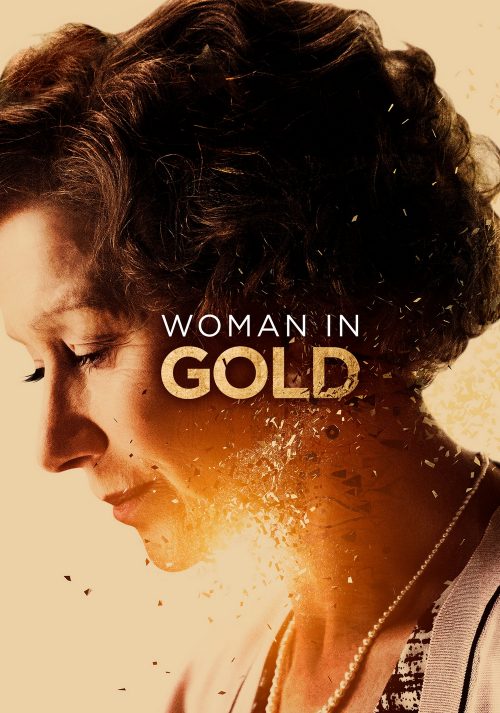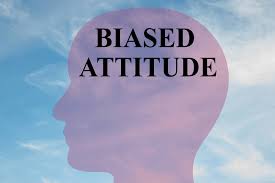2015, UK, USA, 109 min.
Woman in Gold is an unabashed crowd pleaser. Like 2013’s Philomena, Woman in Gold is based on a true story involving an older woman resolving her past. But we don’t mind the similarity. The performances here are sturdy and winning; the emotions feel true. Woman in Gold works to win our affections.
The film starts in 1998. Octogenarian Maria Altmann (Helen Mirren) has buried her sister, a fellow survivor of the Nazi occupation. What Maria is more concerned about is paperwork her sister left behind that chronicles her attempt to reclaim family paintings that were taken by the Nazis—including Gustav Klimt’s Woman in Gold, featuring their aunt as the subject. All the artworks now reside in Austria’s Belvedere Gallery.
Maria wants them back. A friend recommends her son, Randy Schoenberg (Ryan Reynolds), a struggling attorney who takes the case to humor his mother and, later, to humor the persistent Maria. After discovering that Woman in Gold is valued at more than $100 million, well, now he’s interested. They head to Vienna to lobby for Maria’s ownership. When Randy, the son of Austrian immigrants, visits the city’s Judenplatz Holocaust Memorial, his intentions change. He’s in it for real, regardless of time and roadblocks thrown up by the Austrian government and the museum. The question is, does his client have the strength to keep fighting?
Director Simon Curtis and screenwriter Alexi Kaye Campbell take a delicate approach to the inspirational, if predictable, fare. Campbell prioritizes what is important: a woman’s battle to not have the past beat her. Rather than becoming a separate, ponderous story line, the flashbacks here are seamless, giving us a taste of a younger Maria’s life. The movie’s priorities are straight, including letting Helen Mirren have at it.
Mirren favors intense dignity instead of old-lady stereotypes. Maria will not let the past destroy her. She caved in once. She will not do it again. Curtis and Campbell give enough space for Mirren to act. Costar Reynolds drops the sarcastic, smoothie act that’s unfortunately become his style. The movie-star glossiness is gone: the suits are off the rack, the hair isn’t a result of a $100 cut. He allows us to see Randy for who he is—a young man finding his moral footing. It’s a quietly effective performance that complements Mirren’s work.
Most important, perhaps, Curtis understands that, because the story is emotional, there’s no need to press. He doesn’t utilize a lot of fancy camerawork. He doesn’t constantly remind us about the horrors of the Holocaust. The focus is on how one woman’s life was forever left blank. It’s illustrated simply, such as when Mirren (filmed in a long shot) shuffles into the courtroom, ready for one more battle, after we saw her silently sitting at her kitchen table. It’s also the camera, looking up at Reynolds as he delivers his final statement, so we know he’s turned the corner. Woman in Gold delivers the answers in due time, instead of shouting them out immediately. It’s greatly appreciated.



